General practitioners around the world have common clinical questions. Several are answered here in a concentrated and clinically relevant manner to help them make clinical endodontic decisions.
What is the correct termination point for instrumentation, irrigation and obturation?
The minor constriction (MC) of the apical foramen is the natural termination point for the instrumentation, irrigation and obturation of root canal systems in vital and necrotic cases. The MC is a natural boundary within roots above which all instruments except patency files should be kept. Irrigation solutions should not extrude beyond this canal level. Only sealer puffs and puffs of heated obturation material should pass beyond this anatomic landmark.
In the context of instrumentation, instrumenting a canal to a size ISO #50 for example, means that the tip of the #50 instrument should just progress to the MC and not beyond.
In essence, instrumentation should fulfill one of the principal objectives of canal preparation, which is to leave the MC both at its original size and original position. Patency files (#6, #8 and #10 hand K files) should be passed through the MC as much and often as possible in order to assure that the canal is open, patent and negotiable and that canal blockage and or canal transportation has not occurred.
Using a viscous EDTA gel like Glide (Dentsply Tulsa Dental Specialties, Tulsa, Okla.) and FileEze (Ultradent, South Jordan, Utah) can help emulsify pulp tissue and minimize the possibility of pulp tissue being carried apically and accentuating a blockage. There is evidence in the endodontic literature that achievement and maintenance of apical patency is consistent with less postoperative pain.
It should be appreciated that these patency files are only used to signal that the canal is open and negotiable. The MC is never widened nor enlarged, the initial diameter of the MC should be left alone to the greatest degree possible, leaving a definite barrier or boundary against which obturation should be condensed.
How large should I prepare canals?
Ideally, the canal itself determines the master apical diameter, so this is not arbitrary. While roots are individual, the diameter should be custom determined for each variable anatomy. For example, the apical enlargement required for a highly calcified and curved molar root that possesses a narrow MC (#15 or #20), is less than that required for a larger MC that is open initially to a #30.
The first case would be prepared to a #35 and the second to a #45 ISO tip size. Arbitrarily preparing both canals to the same size will make one of the preparations either too big or too small, depending on the case. In essence, the clinician should have some rough idea of what the initial diameter is and then have a biologic basis on which to create a larger preparation.
For example, if the MC is approximately a #25 ISO size (determined through gauging the apex with a hand K file), then the canal should be enlarged to an ISO size #40 or #45.
While gauging is not an exact reflection of the initial diameter of the MC, it does provide some rough estimate of the initial size of the canal and also provide an estimate of the final ideal prepared diameter.
The value of irrigation and canal shaping under the surgical operating microscope (Global Surgical, St. Louis, Mo.) cannot be overstated in its clinical significance.
The endodontic literature is conclusive that larger apical preparations provide cleaner canals than smaller apical diameters as provided by improved apical irrigation and removal of pulp tissue and bacteria mechanically at the apex.
Clinically, this means that a #25 preparation will be less clean than a #40 preparation.
Conversely, a #50 preparation will be cleaner than a #35 preparation for the reasons above. It should also be appreciated conceptually that necrotic cases do not heal as well as vital cases.
The reason is that for necrotic cases, it is much harder to remove biofilms from root canal spaces than it is to prevent them from forming. This underscores the vital importance of preparing the correct apical diameter, especially in necrotic cases.
Where should I fit my master cones and warm carrier-based devices to?
If cone fit is correct, the master cone should terminate at the MC and only possess intimate tugback in the apical 3-4 mm. The cones should resist coronal displacement while seated at the MC.
Warm carrier-based obturation devices such as the RealSeal One Bonded Obturator should also be placed to the MC. If cone fit and carrier fit are correct, and if irrigation is adequate, the degree of extrusion of sealer and obturation material is clinically irrelevant. In essence, the clinician does not need to back away from the MC.
Coincident though to that recommendation, it is vital for the clinician to be especially careful throughout the treatment process to work up to the MC, never violate the MC with rotary nickel titanium files and have ideal cone fit. Placing sealer with the Skini syringe and Navi tips (Ultradent, South Jordan, Utah) provides tremendous precision in sealer placement and avoids unnecessary extrusion.
Three common clinical questions have been answered to provide solutions to common clinical questions. I welcome your feedback.
*SybronEndo, Orange, CA, USA
About the author
Dr Richard Mounce lectures globally and is widely published. He is in private practice in endodontics in Vancouver, Wash. Mounce offers intensive, customized endodontic single-day training programs in his office for one to two doctors at a time. For more information, contact Dennis at +1 360 891 9111 or write RichardMounce@MounceEndo.com.
Established in 2006 by Dr Willis Pumphrey, ClearCorrect has grown rapidly to become the second-largest clear aligner manufacturer in the world. The company ...
Artificial intelligence (AI) has moved from theory into daily prosthodontic practice, reshaping diagnosis, treatment planning and design workflows. My ...
Vertex-Dental, a leading manufacturer of dental products and materials, was recently acquired by global solutions company 3D Systems. The 2017 International...
How to achieve greater efficiency, safety and job satisfaction in endodontics—endodontist and trainer Dr Sabine Remensberger has been sharing her ...
LONDON, UK: A new article presents a comprehensive overview of the evolving regulatory landscape for custom-made medical devices in the UK, offering ...
One of the most critical goals in implant therapy is the achievement of implant stability. In an upcoming webinar, Dr Barry P. Levin will present study ...
Dr Sergio Rosler is a leading practitioner in the field of endodontics. On Wednesday, 8 April, he will be presenting a webinar that focuses on the ...
Root canal decontamination and adequate sealing play an important role in endodontic success. However, the obturation process represents a challenge to the ...
Preparation of the access cavity represents the first operative stage of every endodontic treatment and plays a fundamental role in locating the root canal ...
Case finishing is one of the important clinical steps in dentistry. Aesthetics, functional forces and oral health are the three fundamental components that ...
Live webinar
Mon. 12 January 2026
9:00 am EST (New York)
Prof. Judith Jones D.D.S; M.P.H., Prof. Kakuhiro Fukai D.D.S., Ph.D, Dr. Bathsheba (Bethy) Turton
Live webinar
Wed. 14 January 2026
12:00 pm EST (New York)
Dr. Théo Laplane, Dr. Robert Gottlander DDS
Live webinar
Fri. 16 January 2026
12:00 pm EST (New York)
Live webinar
Mon. 19 January 2026
1:00 pm EST (New York)
Philipp Kopp, Michael Seeber
Live webinar
Thu. 22 January 2026
2:00 pm EST (New York)
Dr. Nicola M. Grande DDS, PhD
Live webinar
Wed. 28 January 2026
8:00 am EST (New York)
Live webinar
Wed. 28 January 2026
11:00 am EST (New York)
Prof. Dr. Jan-Frederik Güth



 Austria / Österreich
Austria / Österreich
 Bosnia and Herzegovina / Босна и Херцеговина
Bosnia and Herzegovina / Босна и Херцеговина
 Bulgaria / България
Bulgaria / България
 Croatia / Hrvatska
Croatia / Hrvatska
 Czech Republic & Slovakia / Česká republika & Slovensko
Czech Republic & Slovakia / Česká republika & Slovensko
 France / France
France / France
 Germany / Deutschland
Germany / Deutschland
 Greece / ΕΛΛΑΔΑ
Greece / ΕΛΛΑΔΑ
 Hungary / Hungary
Hungary / Hungary
 Italy / Italia
Italy / Italia
 Netherlands / Nederland
Netherlands / Nederland
 Nordic / Nordic
Nordic / Nordic
 Poland / Polska
Poland / Polska
 Portugal / Portugal
Portugal / Portugal
 Romania & Moldova / România & Moldova
Romania & Moldova / România & Moldova
 Slovenia / Slovenija
Slovenia / Slovenija
 Serbia & Montenegro / Србија и Црна Гора
Serbia & Montenegro / Србија и Црна Гора
 Spain / España
Spain / España
 Switzerland / Schweiz
Switzerland / Schweiz
 Turkey / Türkiye
Turkey / Türkiye
 UK & Ireland / UK & Ireland
UK & Ireland / UK & Ireland
 Brazil / Brasil
Brazil / Brasil
 Canada / Canada
Canada / Canada
 Latin America / Latinoamérica
Latin America / Latinoamérica
 USA / USA
USA / USA
 China / 中国
China / 中国
 India / भारत गणराज्य
India / भारत गणराज्य
 Pakistan / Pākistān
Pakistan / Pākistān
 Vietnam / Việt Nam
Vietnam / Việt Nam
 ASEAN / ASEAN
ASEAN / ASEAN
 Israel / מְדִינַת יִשְׂרָאֵל
Israel / מְדִינַת יִשְׂרָאֵל
 Algeria, Morocco & Tunisia / الجزائر والمغرب وتونس
Algeria, Morocco & Tunisia / الجزائر والمغرب وتونس
 Middle East / Middle East
Middle East / Middle East
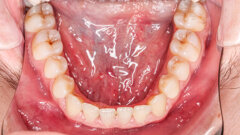























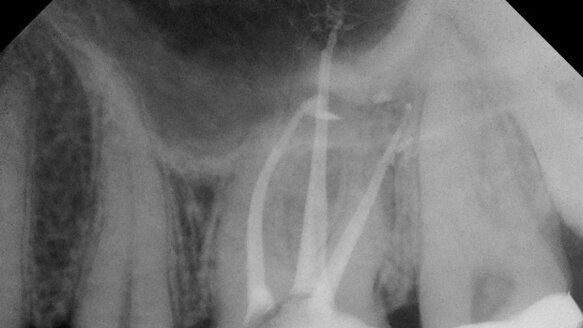




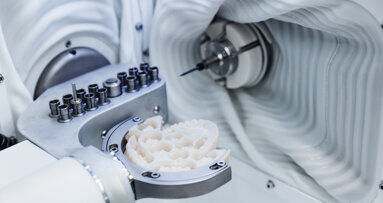



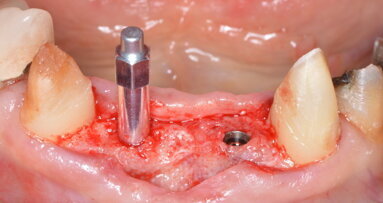
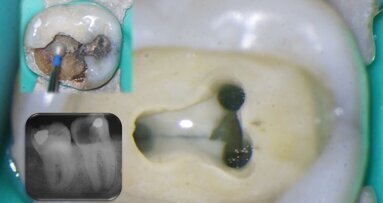
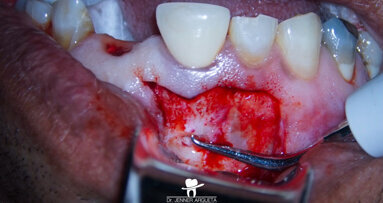












To post a reply please login or register